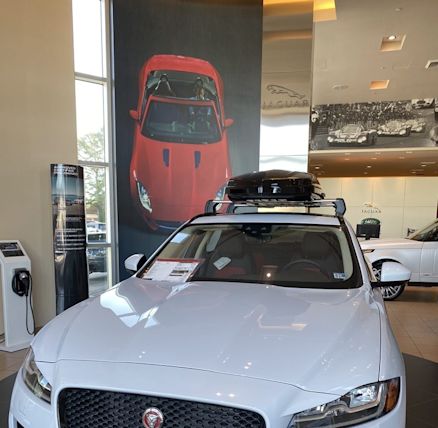
The progression of Porsche was staggering on the motorsport scene, for the team that had started as having a good shot of winning against the strongest of competition when handling was more important that power output had evolved into one of the ones to watch. The 90x series of cars were one of Porsche’s most successful during this time, with the cars moving Porsche from likely class winner to likely overall winners.

The 550, 718, RS and RSK models formed the backbone to Porsche’s racing initiative, showing the world that they were dedicating to the sport of the long run. Credit: Porsche Newsroomīy the mid sixties, Porsche were starting to move from tuning their production cars for racing to developing cars designed specifically for racing. One of the most famous American victories for Porsche in this time period was the 1963 Road America 500 overall win in the under two litre RS-60. The quartet were all masters of prototype racing and took Porsches to the top steps of podiums multiple times. Art Bunker, Bob Holbert, Charlie Wallace and Lake Underwood are noted as Porsche’s ‘quiet giants’ in the United States, as they helped to achieve many of the brand’s successes during the 1950/60s over in America. Porsche’s focus on light, easy to handle cars over horsepower output placed the marque in good stead as the German manufacturer began to establish its name in the motor racing world. 1956, 1959, 1960, 1964, and every year from 1966 to 1970 saw Porsche take victory at the Targa Florio with new prototypes that held the edge on their competitors even though their horsepower was a lot less. In this era, Porsche is best known for their dominance in class, sometimes claiming overall victories against the bigger and heavier cars, in the Targa Florio race: an open road endurance automobile race held in the mountains of Sicily. Not the fastest cars on the tack, Porsche kept an advantage against the competition by producing low capacity race cars, meaning that what they lacked in horsepower they could make up through high reliability, low drag, low weight and good handling.

But Porsche’s legacy is not only about their key developments in production cars, but their motor racing history, and the silverware that lays in their wake to underline their successes.Īlthough production of the Porsche motor cars started in 1931, it would be another two decades before any were seen on a race track. Through the near century of car production, the German brand has made a strong name for itself, being seen as one of the best GT car producers in the world. This year sees Porsche turn 90 years old, having being founded in Stuttgart back in 1931.


 0 kommentar(er)
0 kommentar(er)
